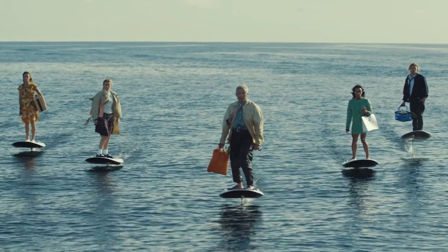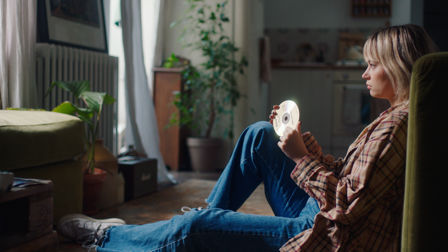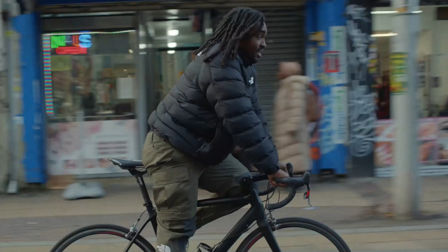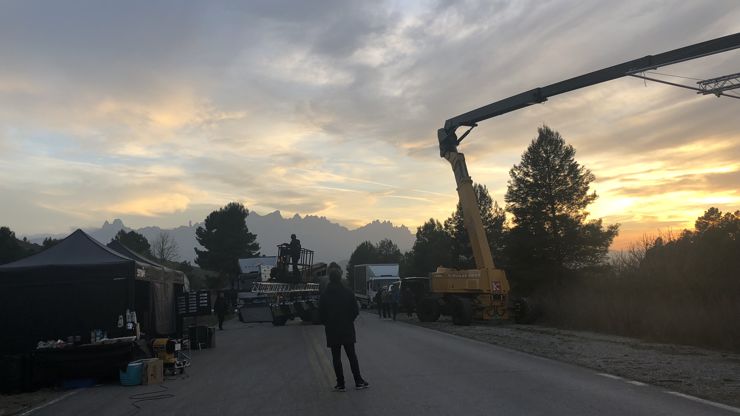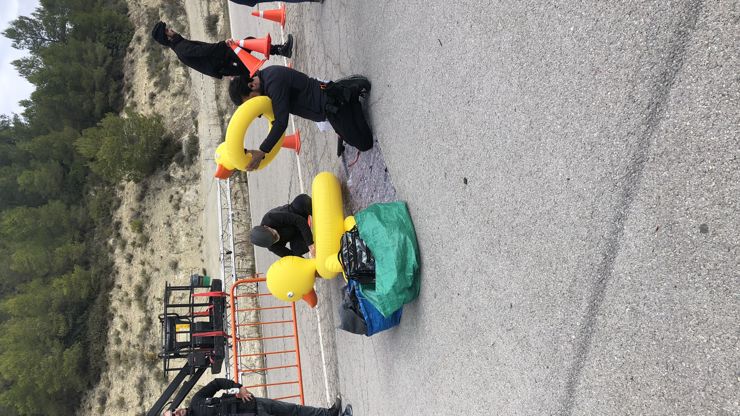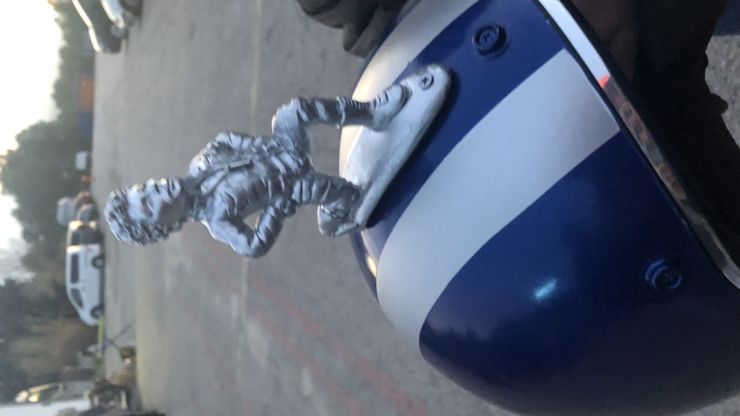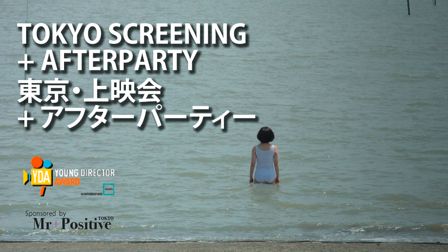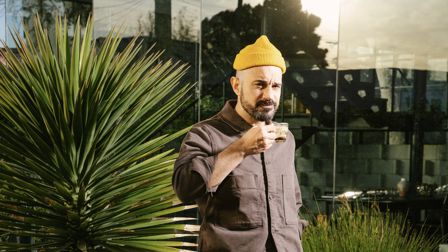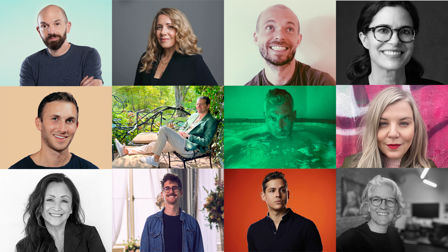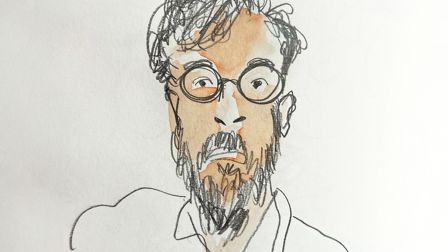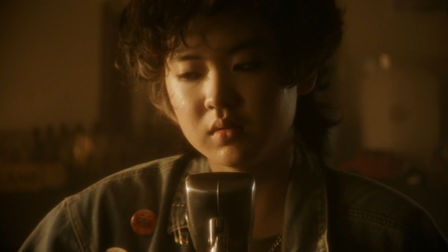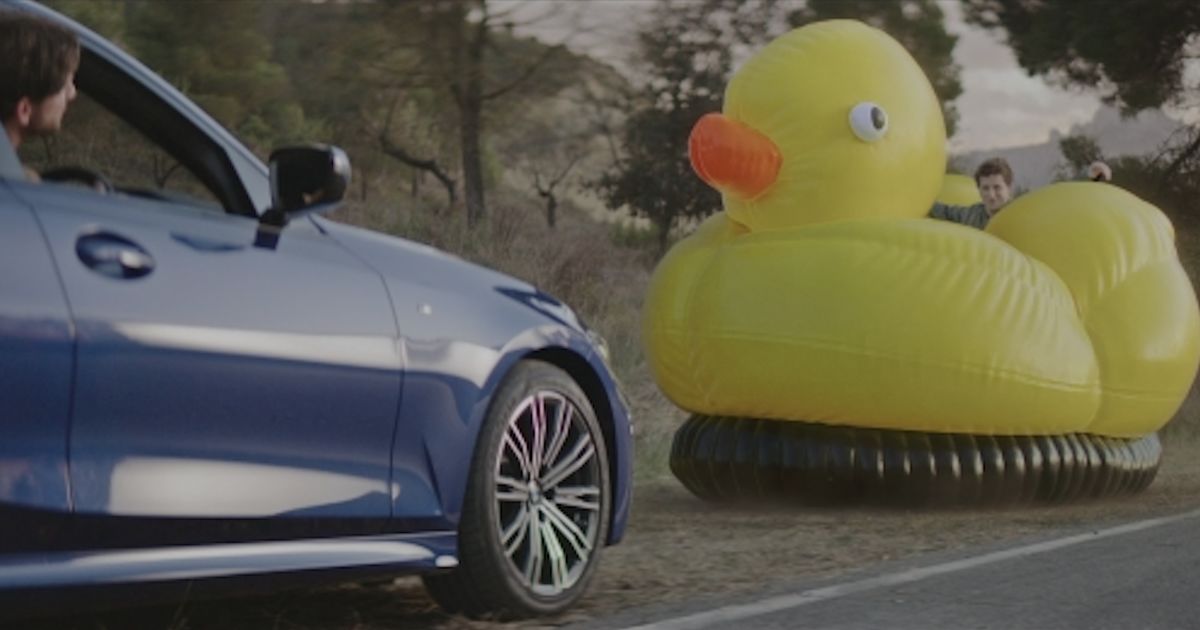SIXT agency and director on how conflicting approaches can pay dividends
And Rising's Anna Arnell and director Camila Zapiola discuss the challenges they faced creating the new SIXT campaign and why Arnell likes being put out of her comfort zone.
London agency And Rising and Bold director Camila Zapiola have collaborated to create this trio of new spot for car rental company SIXT.
The campaign, the first since the agency won the account, continues the 'Drive Smug' concept of the previous spots but alters the approach. Here, And Rising's Creative Partner Anna Arnell [below, in orange cap] discusses the challenge in making 'smug' work, and, with Zapiola [below, with Arnell] talks about the different ways they approach shooting and how being forced out of your comfort zone can pay dividends.
Writing the right kind of ‘smug’ was probably the biggest challenge.
Anna, what was the brief you received from the client?
AA: They wanted fresh direction. To be ‘smug’ in the UK is not necessarily a positive thing. So, we talked a lot in our first meeting about different kinds of emotional register and humour around the idea that SIXT drivers are better off.
Definitely out of my comfort zone - but no surprise, that’s where you need to be when trying to do anything new or good.
The 'Drive Smug' concept was a pre-existing one; can it be harder to work on a campaign that's been brought over from a previous agency and still give it your own flavour?
AA: Often the hardest bit is to get a company to sign off a core platform to work from. Some brands get really lost in that bit of the process. All credit to [previous agency] Grey for that. At the heart of the idea is a very simple premise - a luxury car for a great price will make you feel like you got a great deal.
Tackling the ‘smug’ bit of it with the right tone was the thing we had to work hard at. Also, the fact that there have been millions of car and car rental ads. So, how do we say the same message again, in an entirely different way with tons of cut through and some longevity? What was great was that we didn’t back up into strategy at all. The process was entirely creatively led.
Credits
powered by
- Agency AndRising/London
- Production Company Bold
- Director Camila Zapiola
-
-
Unlock full credits and more with a Source + shots membership.
Credits
powered by
- Agency AndRising/London
- Production Company Bold
- Director Camila Zapiola
- Production Service Smile
- Editing Whitehouse Post/London
- Post Production Electric Theatre Collective
- Sound Design Factory
- Executive Producer Rob Godbold
- Local Producer Joan Garcia
- DP Jaime Feliu Torres
- Editor Elena De Palma
- Assistant Editor Steven Waltham
- Edit Producer Annabel Bennett
- Post Producer Jon Purton
- 2D Lead James Belch
- 3D Lead Patrick Krafft
- Colourist Luke Morrison
- Sound Designer James Utting
- Sound Designer Anthony Moore
- Audio Producer Louise Allen
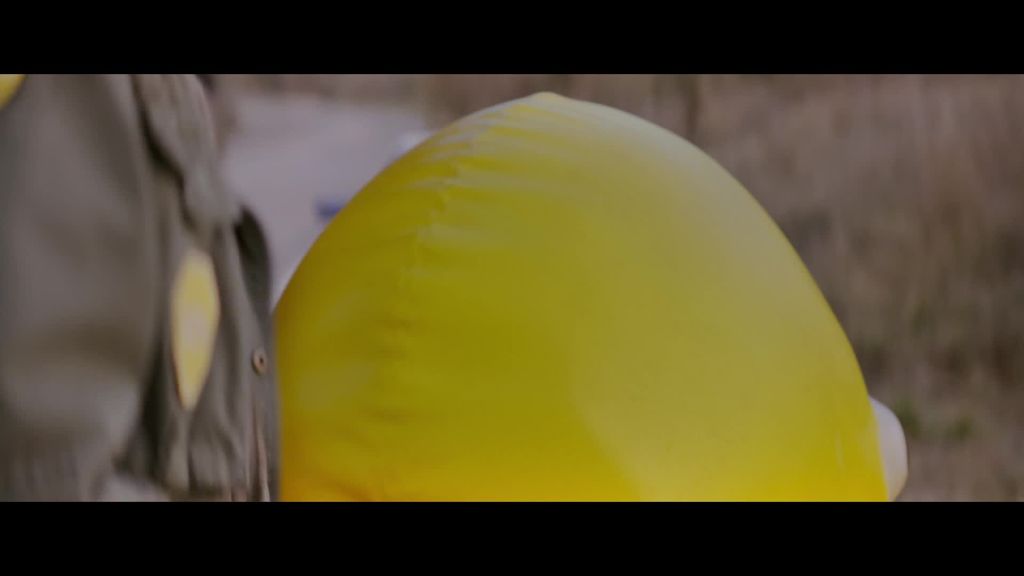
Credits
powered by
- Agency AndRising/London
- Production Company Bold
- Director Camila Zapiola
- Production Service Smile
- Editing Whitehouse Post/London
- Post Production Electric Theatre Collective
- Sound Design Factory
- Executive Producer Rob Godbold
- Local Producer Joan Garcia
- DP Jaime Feliu Torres
- Editor Elena De Palma
- Assistant Editor Steven Waltham
- Edit Producer Annabel Bennett
- Post Producer Jon Purton
- 2D Lead James Belch
- 3D Lead Patrick Krafft
- Colourist Luke Morrison
- Sound Designer James Utting
- Sound Designer Anthony Moore
- Audio Producer Louise Allen
Why did Camila feel like the right choice for this campaign?
AA: Lots of reasons. Camila had gone into some serious detail in the treatment, with really clear ideas on how she was thinking of developing the characters. She got inside Seth’s head (the main anti-hero) and suddenly that unlocked how to develop the whole ‘smug off’ between him and the SIXT drivers. She has some very funny long form work on her reel – we wanted to take that and distil it into 30 second TV ads.
Credits
powered by
- Agency AndRising/London
- Production Company Bold
- Director Camila Zapiola
-
-
Unlock full credits and more with a Source + shots membership.
Credits
powered by
- Agency AndRising/London
- Production Company Bold
- Director Camila Zapiola
- Production Service Smile
- Editing Whitehouse Post/London
- Post Production Electric Theatre Collective
- Sound Design Factory
- Executive Producer Rob Godbold
- Local Producer Joan Garcia
- DP Jaime Feliu Torres
- Editor Elena De Palma
- Assistant Editor Steven Waltham
- Edit Producer Annabel Bennett
- Post Producer Jon Purton
- 2D Lead James Belch
- 3D Lead Patrick Krafft
- Colourist Luke Morrison
- Sound Designer James Utting
- Sound Designer Anthony Moore
- Audio Producer Louise Allen
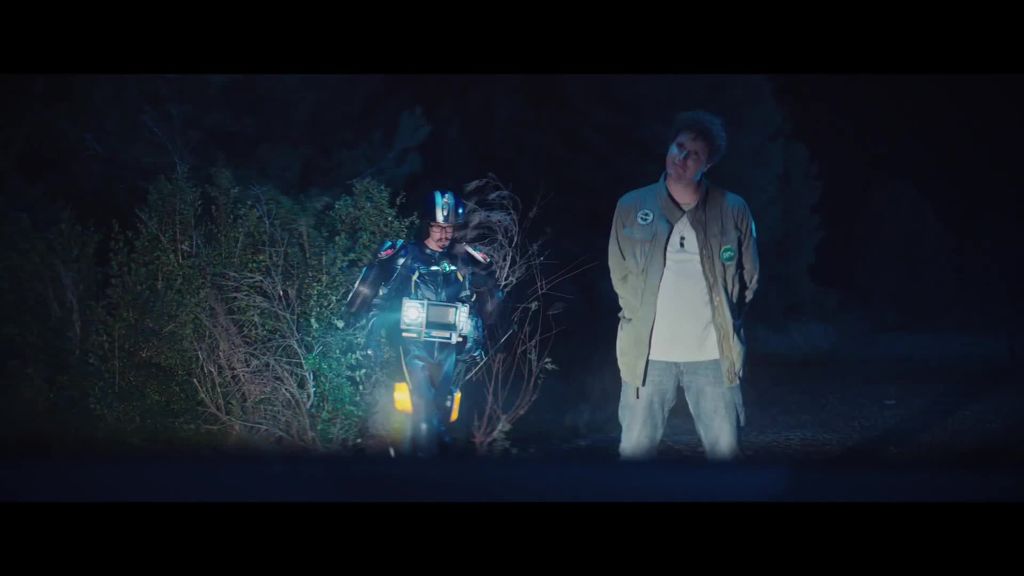
Credits
powered by
- Agency AndRising/London
- Production Company Bold
- Director Camila Zapiola
- Production Service Smile
- Editing Whitehouse Post/London
- Post Production Electric Theatre Collective
- Sound Design Factory
- Executive Producer Rob Godbold
- Local Producer Joan Garcia
- DP Jaime Feliu Torres
- Editor Elena De Palma
- Assistant Editor Steven Waltham
- Edit Producer Annabel Bennett
- Post Producer Jon Purton
- 2D Lead James Belch
- 3D Lead Patrick Krafft
- Colourist Luke Morrison
- Sound Designer James Utting
- Sound Designer Anthony Moore
- Audio Producer Louise Allen
Camila, what attracted you to these scripts?
CZ: It was great to receive scripts that were not only funny but also have a chance to invent and build a multi-dimensional character (Seth). The scripts were well crafted with very funny situations and tone but it was the character of Seth that really intrigued me. It was an opportunity to develop him from my initial backstory in multiple directions to bring different levels of comedy to the script.
Due to constraints we had limited shooting time and had to shoot the three scripts in two days.
The campaign was financially challenged but the team made smart choices, having the same talent and location throughout, which really benefited the overall creativity of the project and made it logistically possible. Add into the mix a fancy-prance horse and an opportunity to build a couple of very dubious modes of transport - how could any director not be attracted to that?
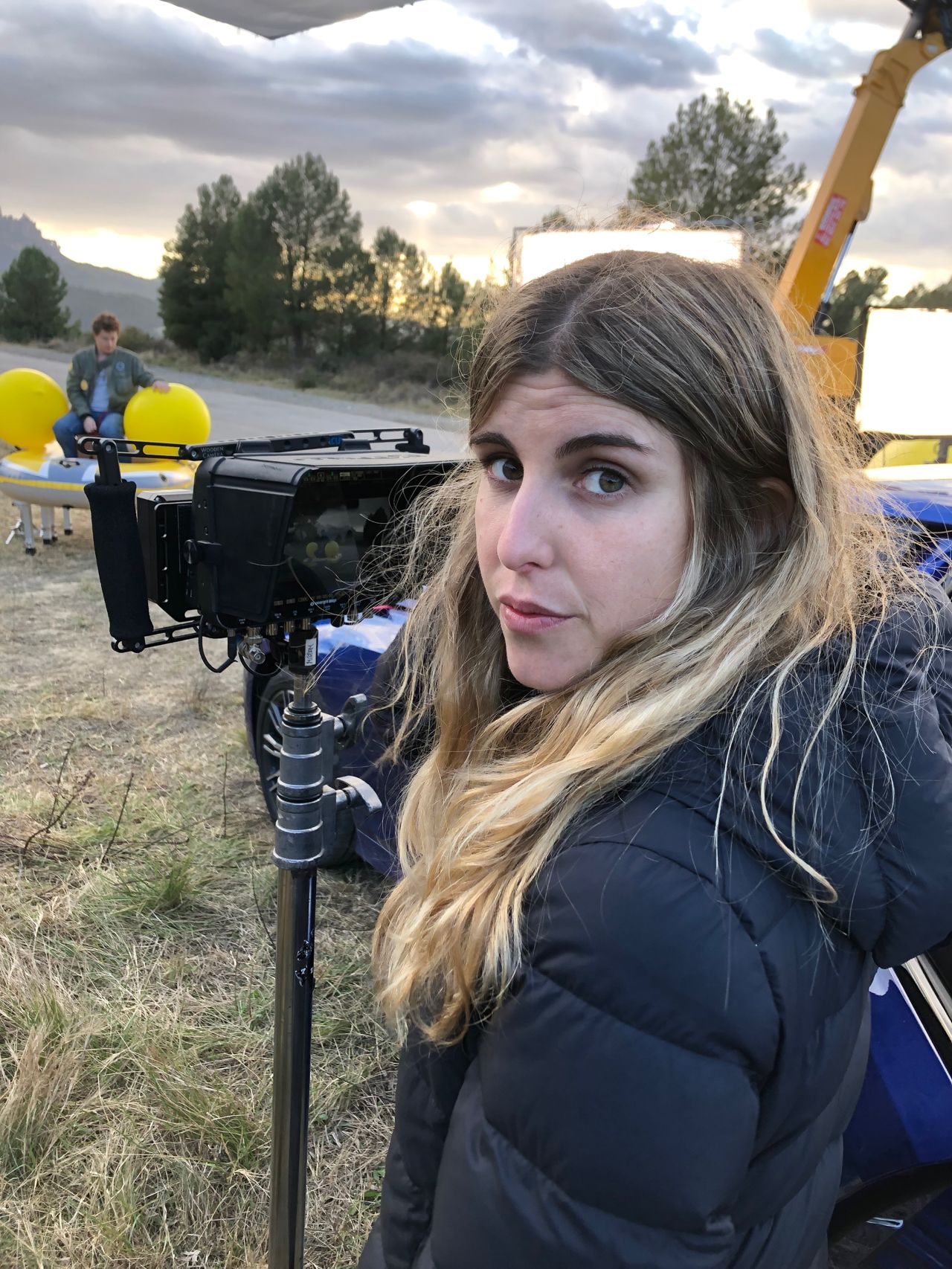
Can you explain your process for directing comedy and how you approach it with regards the actors?
CZ: Comedy depends on the actors and the performance that the director elicits from them. It’s been said many times, but to state the obvious, casting directors and the call backs are everything.
Before directing I trained as an actor, so I know how to make my cast feel more comfortable and included in the process, which simply enables them to give their best performance. I approach both the call backs and shooting with the same method, allowing the actors to be free to improvise and riff off the written script, so they can explore, discover and round out the character with unexpected additional details.
Before directing I trained as an actor, so I know how to make my cast feel more comfortable and included in the process, which simply enables them to give their best performance.
Once we are in a good place I condense that back to the written text so the given dialogue appears natural and spontaneous. I like to work with actors that instinctively understand the tone of the comedy and react to the situation realistically as opposed to trying to dial up the comedy with their performance. If the script and situation are funny, I really don’t need the actors to be funny too.
Credits
powered by
- Agency AndRising/London
- Production Company Bold
- Director Camila Zapiola
-
-
Unlock full credits and more with a Source + shots membership.
Credits
powered by
- Agency AndRising/London
- Production Company Bold
- Director Camila Zapiola
- Production Service Smile
- Editing Whitehouse Post/London
- Post Production Electric Theatre Collective
- Sound Design Factory
- Executive Producer Rob Godbold
- Local Producer Joan Garcia
- DP Jaime Feliu Torres
- Assistant Editor Steven Waltham
- Edit Producer Annabel Bennett
- Post Producer Jon Purton
- 2D Lead James Belch
- 3D Lead Patrick Krafft
- Colourist Luke Morrison
- Sound Designer James Utting
- Sound Designer Anthony Moore
- Audio Producer Louise Allen
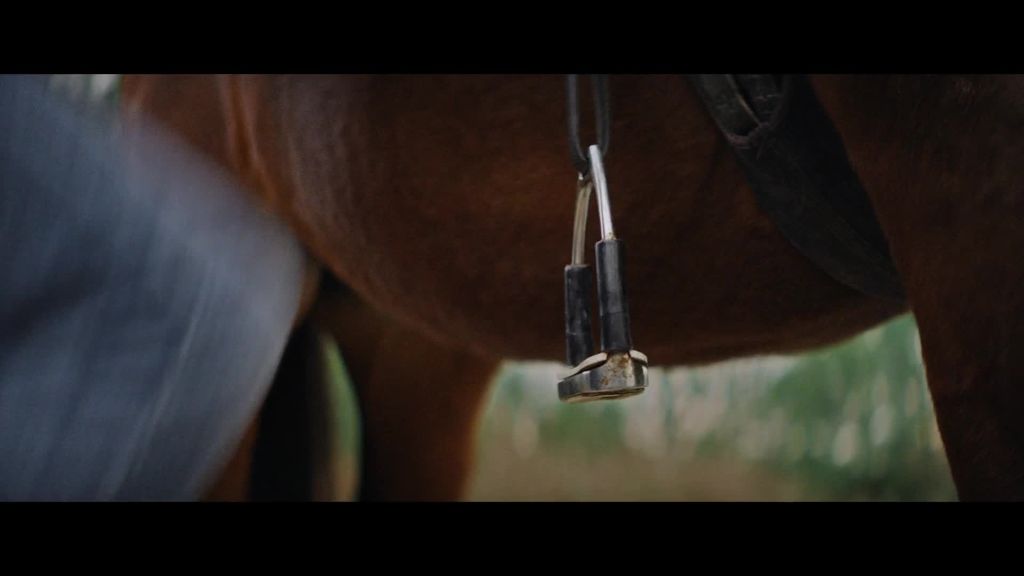
Credits
powered by
- Agency AndRising/London
- Production Company Bold
- Director Camila Zapiola
- Production Service Smile
- Editing Whitehouse Post/London
- Post Production Electric Theatre Collective
- Sound Design Factory
- Executive Producer Rob Godbold
- Local Producer Joan Garcia
- DP Jaime Feliu Torres
- Assistant Editor Steven Waltham
- Edit Producer Annabel Bennett
- Post Producer Jon Purton
- 2D Lead James Belch
- 3D Lead Patrick Krafft
- Colourist Luke Morrison
- Sound Designer James Utting
- Sound Designer Anthony Moore
- Audio Producer Louise Allen
Anna, you're used to working the other way around; Script first, then improvise. Did doing things differently put you out of your comfort zone and, if so, how did that feel?
AA: Definitely out of my comfort zone - but no surprise, that’s where you need to be when trying to do anything new or good. I’ve made so many ads where you’re shooting and it’s all brilliant, but you’ve lost sight of the fact you’re working to a 30-second constraint. That’s a discipline. So, on my mind is - experiment all you want, but if it doesn’t cut to a 30, we can’t use it. So, I like to get the basic script covered brilliantly. And then play.
Camila, why does the way you work feel like the right approach?
CZ: Actors are not machines and do not necessarily understand instantly the nuanced performance we are looking for. They need a little time, and one needs to respect their process and allow them a take or two to interpret the given direction by feeling out the scene and bringing their own impulses to the role.
As a director, I also don’t necessarily know immediately the right tone, so I too get an opportunity to explore the comedy with them to ensure the final performance we capture is the best it can possibly be.
Anna, same question; why does working the other way around feel right to you?
AA: I think what happens is that the experimentation up front is putting the actors at ease with the characters. So that when you come to shoot the bare script, all those nuances are carried forward. You’re building rapport and those sorts of things can’t be written or planned. But, the definitely show on screen and the audience definitely feel it.
Should people embrace being out of their comfort zones more; are we often too used to doing what we've always done?
AA: The reality is that we’re in a commercial environment, so experience of what you know helps short-cut problems and make space for new things to emerge. It’s a shame that many creatives might only make one ad a year. There’s no room to get it wrong, so inevitably things default to what’s already known.
We’re fortunate in that respect at And Rising, we make a lot of work and are therefore a lot more comfortable with trying new things. Also, the brands we work with are usually not the incumbent, so doing different is the only way.
The editing was also a challenge but only because we were spoilt for choice, so a good problem for us to have.
CZ: Every project requires something different and we are blessed that every job has new challenges and takes us on a new adventure. Of course, there are some givens on all jobs but I do try to find a new dynamic in everything I direct to keep me passionate and raise the stakes a little, whether that be with the cast, film genre or aesthetic quality of the image.
I ask myself if there is some latitude in the script to be explored and through researching, find a way to deliver a better result. Just because it is comedy it does not mean it can’t be filmic and have a cinematic scope. Sometimes this means working with different methods and collaborators which takes you out of your comfort zone but always leads to results that help keep the work looking fresh.
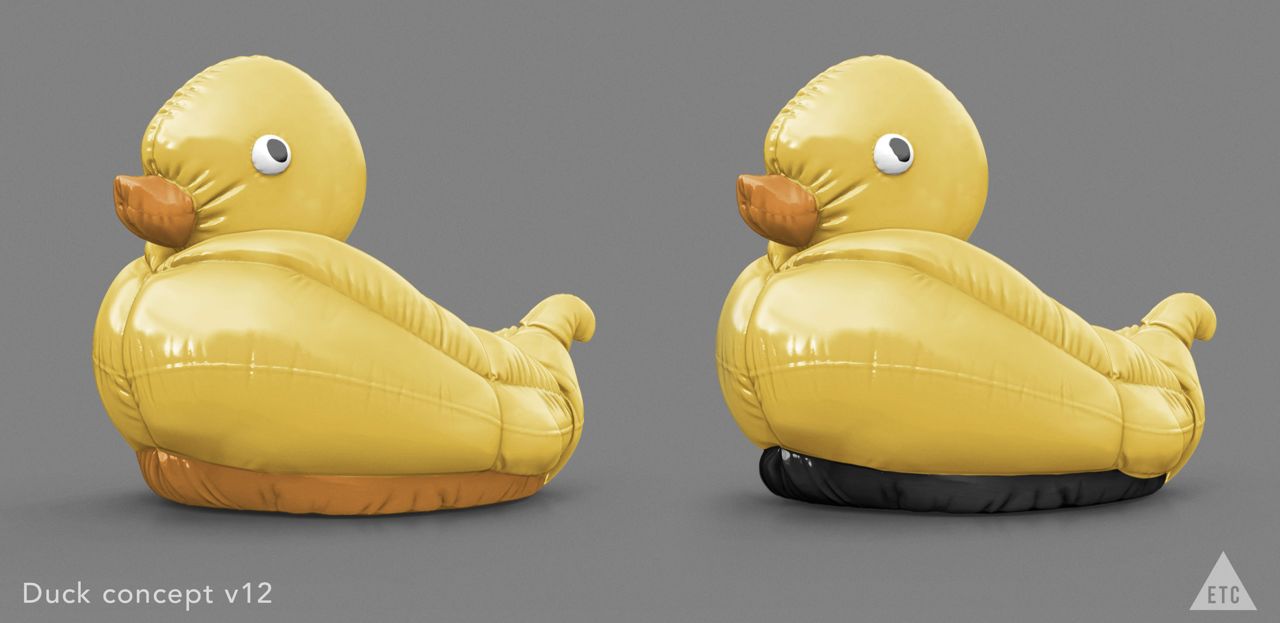
Aside from that difference of approach, what was the most challenging part of the project for each of you?
AA: Writing the right kind of ‘smug’ was probably the biggest challenge. Creating funny and likable characters around ‘drive smug’ took a lot of writing. I think we must have written over 100 scripts over the whole pitch process, but from the off everyone loved the horse script, which then led to piggy-back and duck.
CZ: Due to constraints we had limited shooting time and had to shoot the three scripts in two days. Our location was a race track in the mountains near Barcelona and due to limited daylight we set one script at night so after a long tiring day shooting, we faced a two very cold nights.
We were always running against the daylight hours and the pressure that brings to a shoot, thankfully we had a great cast and crew so we made it - just. The editing was also a challenge but only because we were spoilt for choice, so a good problem for us to have. It was heart-breaking leaving out some great footage, and it took time but I’m super happy with the results
And the most rewarding?
AA: Brining a fantastic team together to make work we are all proud of. Not only Camila at Bold, but all of the talented people at Whitehouse, Factory and Electric Theatre. SIXT gave us complete creative freedom across the board which was so much fun. I’m also so proud of my team here at And Rising. Everyone worked so hard.
CZ: First of all, winning the job. We were competing against some very established directors so it was a big honour that Anna and the team chose me. Then finding Russell Dean to play Seth was incredible and we knew it the moment he walked into the casting studio, which was both rewarding and a massive relief.
Probably the most rewarding moment was watching the client’s face when she first viewed the offline, then I knew we had done our job well and was very proud.
)
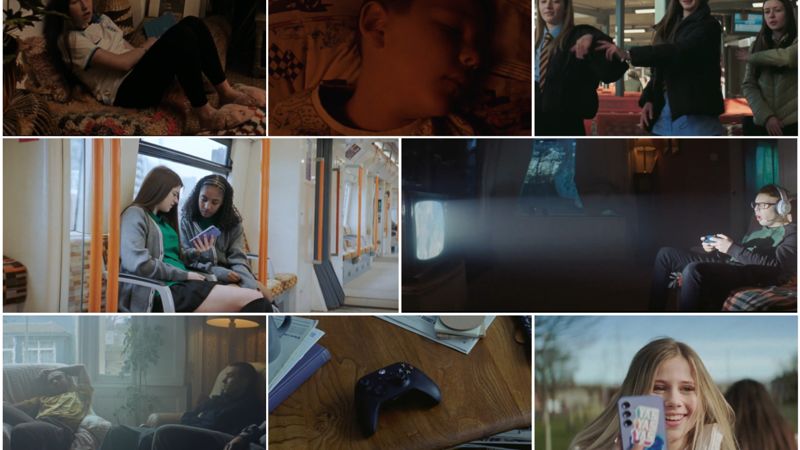
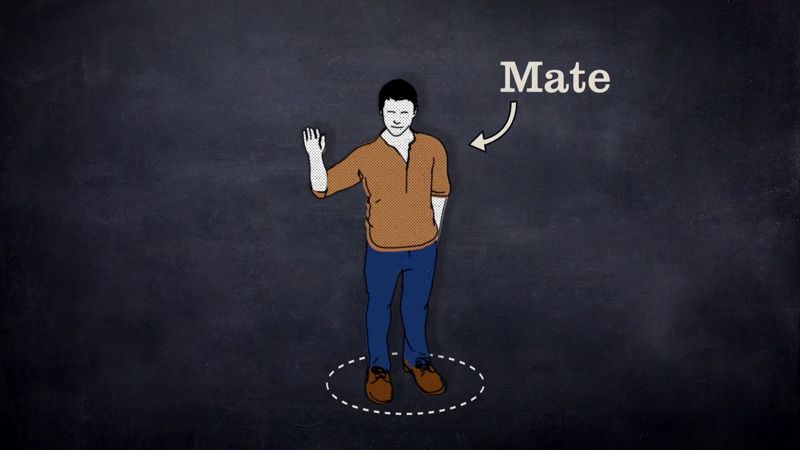
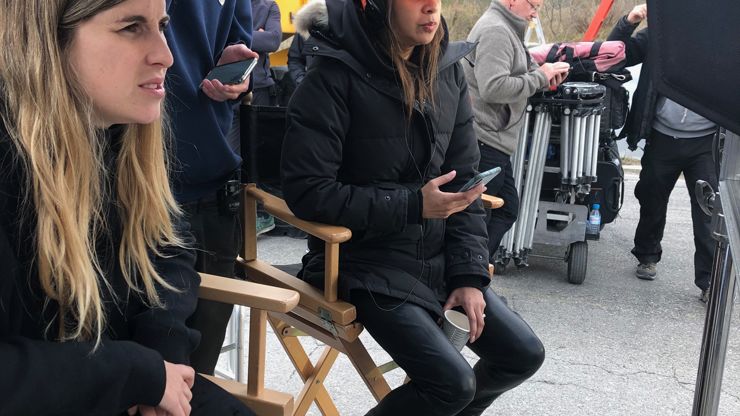
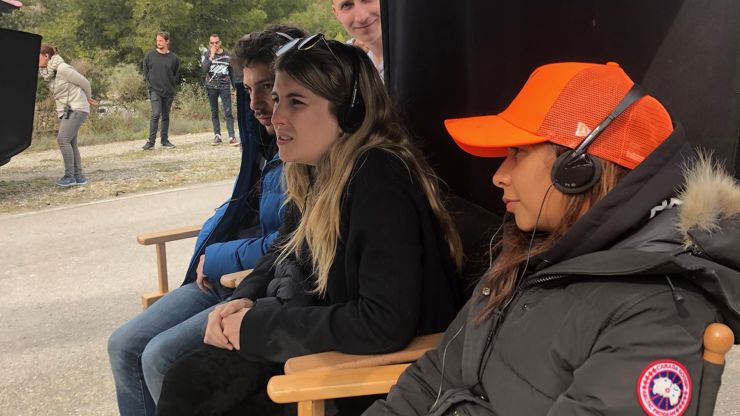


 + membership
+ membership


